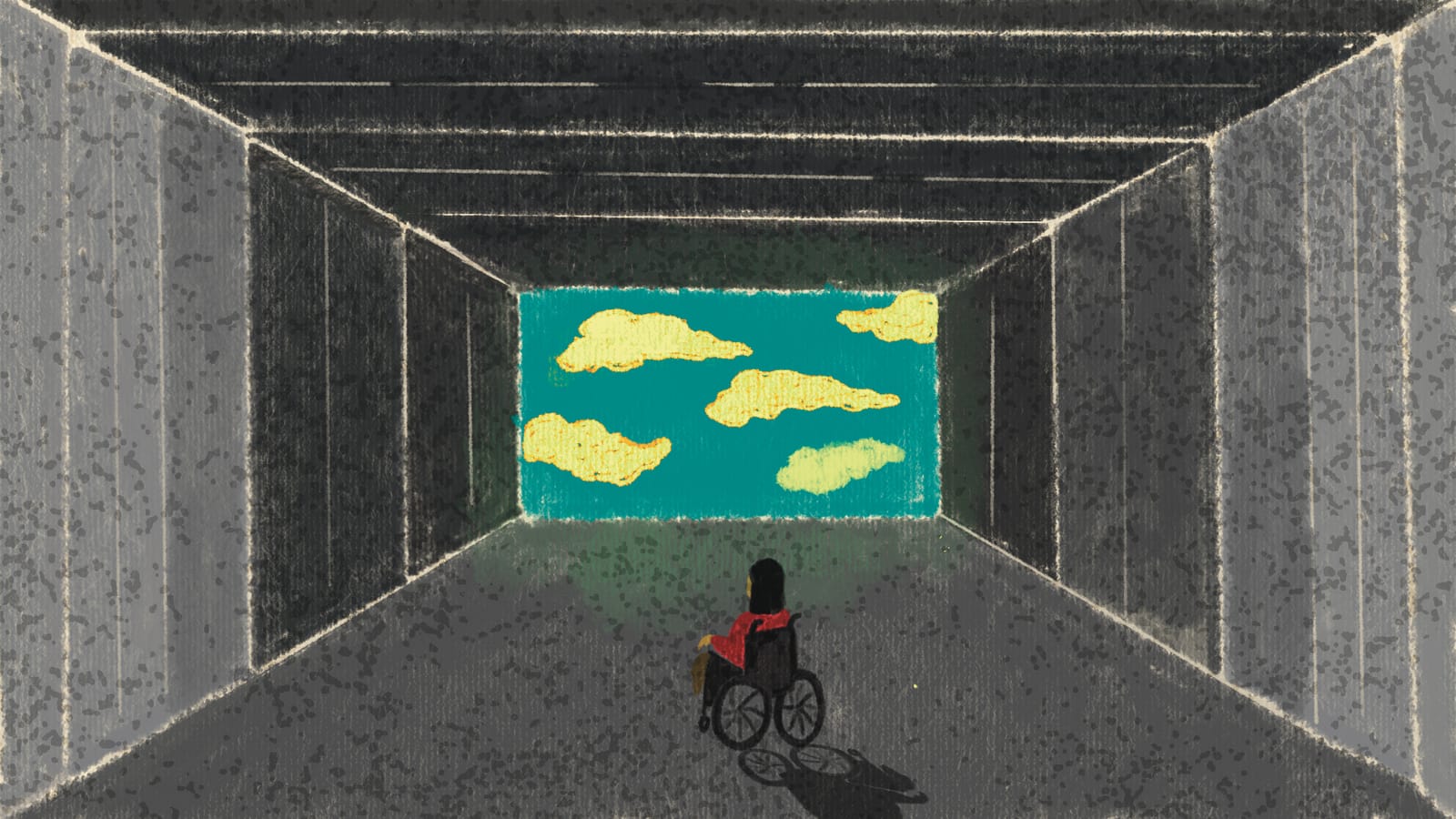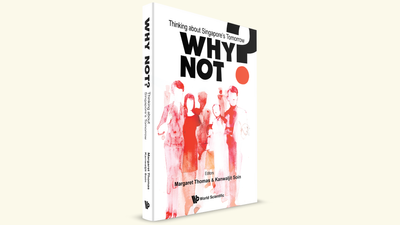Are Singaporeans generous when giving to complete strangers? Without a doubt, going by recent crowdfunding campaigns for those afflicted by spinal muscular atrophy (SMA), a rare, genetic neuromuscular disease. SMA affects motor neurons, the nerve cells in the spinal cord that control voluntary muscle movement. Since the muscles cannot respond to signals from the nerves, they atrophy—weaken and shrink—from inactivity. Many born with SMA are unable to sit independently, and die young from respiratory failure.
The most common form of SMA is caused by a defective or missing gene known as survival motor neuron gene 1 (SMN1). There are five types of this (0-4), with the first two being the most severe.
In 2019, the US Food and Drug Administration (FDA) approved a seeming miracle cure. Zolgensma, a revolutionary therapy for children under two years with SMA, replaces the missing or mutated SMN1 with a one-time intravenous infusion, providing the cells with new DNA to produce the missing protein. It was believed then to be the “most expensive drug” on the market—a jaw-dropping S$3m. How could the child Singaporean sufferers of SMA ever afford it?
By asking the public. In 2021, about 30,000 people donated almost S$2.9m in 10 days to 22-month-old Devdan Devaraj, who was diagnosed with SMA type 2, or Dubowiz disease.
Then in 2022, Nabeel Salim Abdat and Syahirah Yakub, first-time parents, received devastating news that their son, Zayn, was diagnosed with the most common type of SMA, type 1, or Werdnig-Hoffmann disease, at about five weeks’ old. If he was to have a fighting chance of living past two years—the average prognosis for this form of SMA—he would also need the same drug as Devdan. Despite a sluggish start, Nabeel and Syahirah succeeded in raising the amount they needed, hitting their S$3.01m goal after an anonymous person donated the remaining S$1.5m.
On December 1st the same year, Sri Lankan natives Dunlanjali Wakwella and Achintha Pilapitiya, came forward to raise funds for their first-born, Shamel, diagnosed with SMA type 2. It took five nail-biting months for Wakwella and Pilapitiya to raise S$2.3m. Thankfully, Zolgensma was finally registered on April 21st 2023 in Singapore, which reduced its price to S$2.4m, and allowed Shamel’s parents to use their insurance to cover the remaining S$100,000.
Which brings us to Lucas Wang’s campaign, the latest [as of writing] on Ray of Hope—a local fundraising platform. At two months’ old, he was diagnosed with SMA type 1. Some three weeks after the campaign started on July 7th, donations exceeded the target of S$2.409m, allowing Lucas to receive his life-saving dose of Zolgensma on August 2nd.
Globally, crowdfunding for medical treatment has grown significantly in the last decade, stemming from families’ inability to access desired treatment. For example, GoFundMe, the leader in online medical crowdfunding, raised more than US$2bn (S$2.7bn) from 21.7m donations between 2016 and 2020. The above cases might indicate that Singaporeans are willing to offer financial assistance to those who have gotten the worst possible draw in the birth lottery. However, it appears that we are less eager to give to every Singaporean sufferer of SMA.
Some 10 months into her campaign, Sherry Toh, the sole adult in the mix, has only raised 10 percent of her S$375,000 target. Was this due to donor fatigue or discrimination? Unlike SMA treatment for children, adults with SMA cannot be cured by therapy, although it allows them to lead better lives. Sherry is raising a much lower amount, because it’s only for a one-year supply of the drug she needs, Evrysdi (risdiplam). Perhaps the sluggish response to Sherry’s crowdfunding effort reflects a societal bias, which considers the life of infants with a rare disease to be of greater value and thus more worthy of saving, than that of adults like Sherry.
“What would the government think? That the public supported infants and toddlers, who could become closer to non-disabled, and not adults, who can’t,” she asked. “Would it [become] like a referendum that could affect healthcare policy?”
Why do we give to some but not others? Sherry’s experience forces us to confront deep ethical dilemmas—the valuing of life based on age, and able-bodiedness—that have never been sufficiently explored in Singapore.
When Sherry was six months old, her mother noticed that she wasn’t able to roll over. Worried, she sought medical opinion, but since there were no obvious signs of SMA, the doctor had reassured the Toh family that Sherry was likely a late bloomer. Unfortunately, she continued to miss motor development milestones and in 1999, when she was 13 months, a biopsy confirmed her condition. She was given three years to live.
SMA is a genetic, progressive disease that affects the nervous system and muscles, but doesn’t affect sensory nerves or intellect. The defective or missing SMN1 gene is usually responsible for producing a protein essential to motor neurons, which in turn control movement in the arms, legs, face, chest, throat and tongue, as well as skeletal muscle activity, such as speaking, walking, swallowing and breathing.





